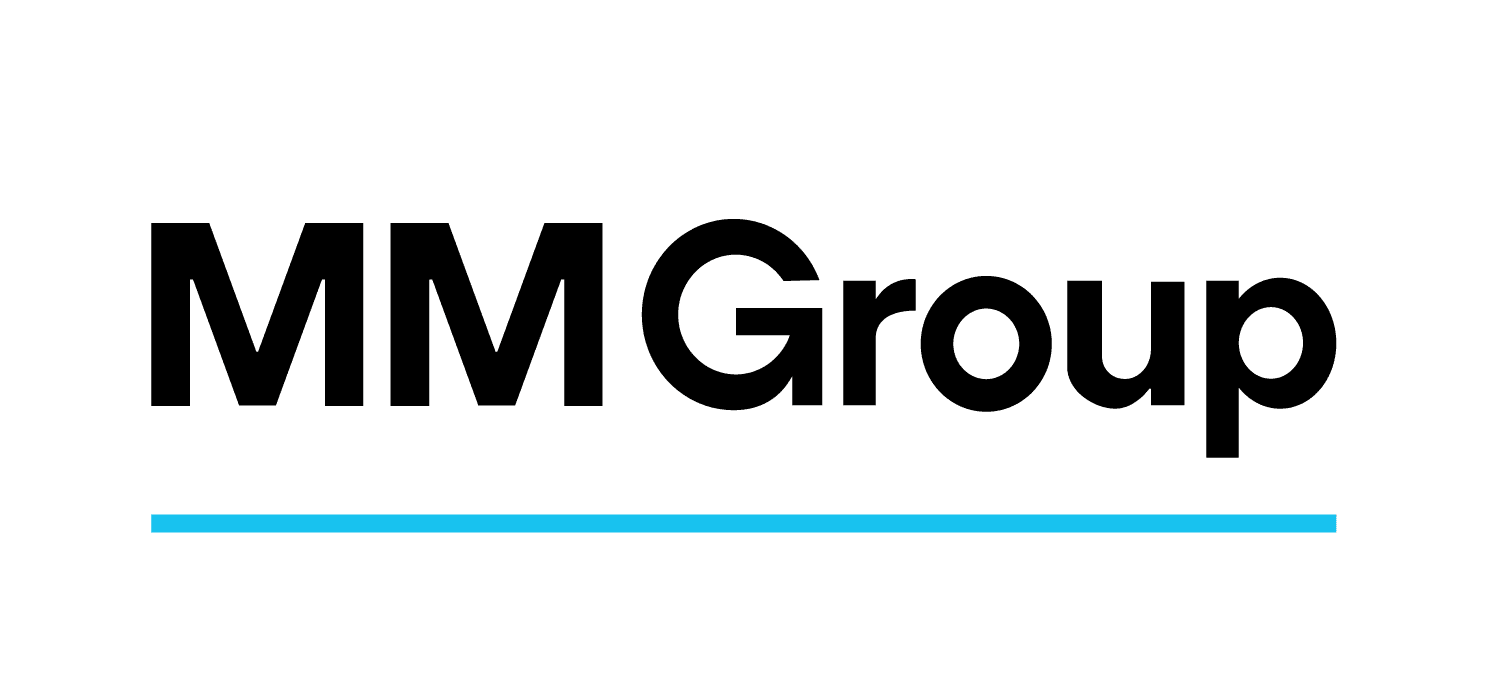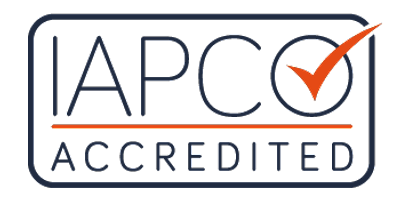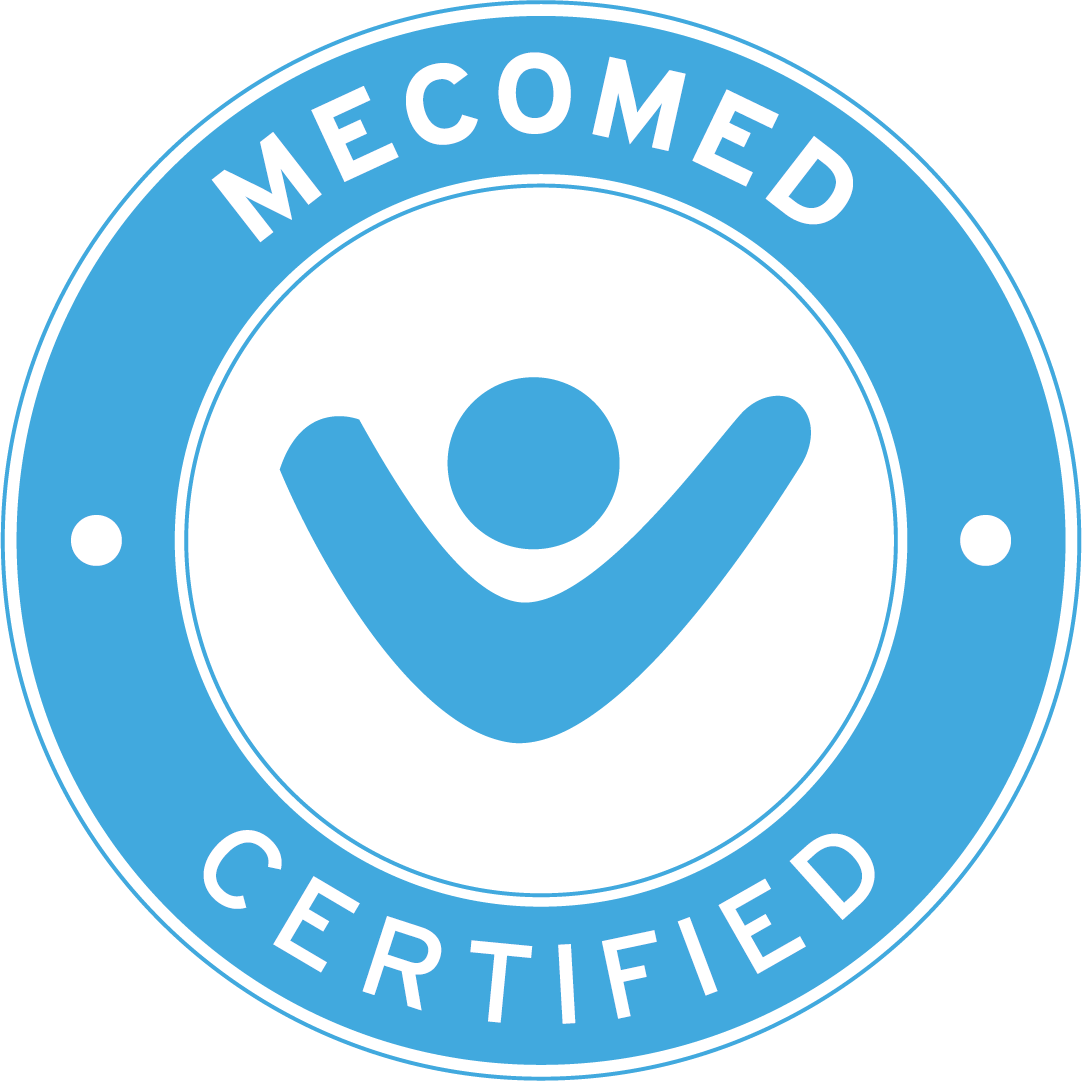Back to Blog
Healthcare Communications
Featured
Measuring Impact: Analytics in Healthcare Communication
Data-driven approaches to evaluating communication effectiveness and optimizing healthcare messaging strategies for maximum impact.

Measuring Impact: Analytics in Healthcare Communication
Data-driven approaches are essential for evaluating communication effectiveness and optimizing healthcare messaging strategies to achieve maximum impact and engagement.
The Analytics Imperative in Healthcare Communication
To ensure effective healthcare communication, it is vital to establish measurable outcomes. These outcomes not only demonstrate the value of communication efforts but also help optimize strategies, ensuring that messages reach and resonate with the intended audiences.
Key Performance Indicators Framework
Engagement Metrics
Engagement metrics are critical for assessing how well messages are received. Key indicators include message reach and impressions across all channels, click-through rates for digital communications, and the time spent consuming content, which allows for a deeper analysis of engagement levels. Additionally, monitoring social sharing patterns can provide insights into the organic amplification of messages.
Behavioral Impact Measurement
To gauge the true impact of healthcare communications, behavioral impact measurements are necessary. These may involve knowledge retention testing conducted before and after communication to assess learning effectiveness. Furthermore, tracking behavior change indicators following the delivery of messages can reveal shifts in audience behavior. It's also important to evaluate any clinical practice modifications attributed to communications, as well as improvements in patient outcomes linked to educational content.
Advanced Analytics Techniques
Sentiment Analysis
Advanced analytics techniques, such as sentiment analysis, leverage natural language processing to analyze audience feedback. This involves mapping emotional responses to different message types, assessing cultural sensitivity for diverse audiences, and measuring trust indicators over time. These insights can guide the tailoring of messages to enhance audience connection.
Predictive Modeling
Predictive modeling is another powerful tool in healthcare communication. By forecasting content performance based on historical data, organizations can optimize the timing of message delivery and model channel effectiveness for various demographics. Ultimately, predictive analytics can facilitate return on investment (ROI) optimization by identifying the most effective strategies.
Implementation Best Practices
Data Collection Strategies
Effective data collection is foundational to successful healthcare communication analytics. Strategies should include multi-channel tracking to gather comprehensive insights while ensuring that data gathering complies with healthcare regulations. Developing real-time dashboards can provide immediate insights, and conducting longitudinal studies can help assess long-term impacts.
Actionable Insights Generation
To transform data into actionable insights, automated reporting systems are essential for providing regular updates. Conducting comparative analyses across different campaigns can uncover valuable insights, while segmentation analysis can identify areas for targeted improvements. Continuous optimization based on performance data ensures that communication strategies remain effective and relevant.
In summary, effective analytics in healthcare communication transforms assumptions into evidence-based strategies. By leveraging these insights, healthcare organizations can ensure that their messages achieve the intended impact while clearly demonstrating value to stakeholders.











.jpg)